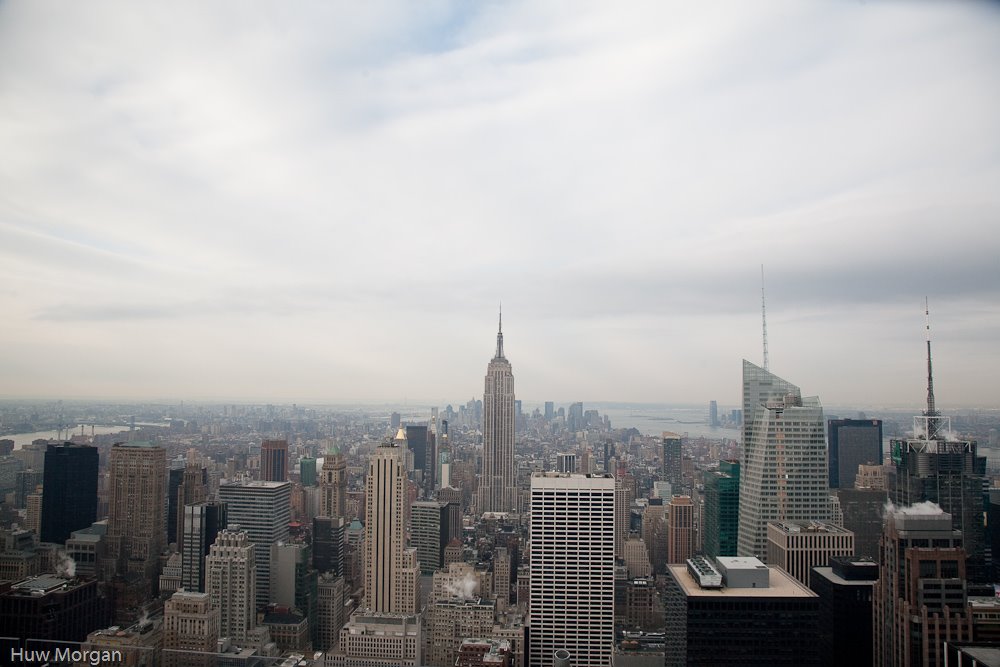- White balance Correction. More often than not, the camera gets the white balance wrong. Sometimes the adjustment is minor, but other times (e.g. indoors with the Panasonic), the adjustment is quite drastic.
- Recovery of blown highlights. I try to expose to the right when I shoot in order to maintain as much shadow detail as possible. Sometimes, I'll blow the highlights out slightly. Not to worry, with Lightroom I can recover these blown highlights while retaining the detail captured in the shadows.
- Adjustments (e.g. curves) done in 12+ bits to preserve smoothness of the curves.
- Production of finished photos using lossless compression - important if you are going to edit the photo again and again.
However, some camera manufacturers are packing more and more processing into the camera itself. This is due to competitive pressure as well as the continual improvement in the raw processing horspower available to camera manufacturers. Most "normal" digital cameras are capable of doing white balance adjustment, color correction, saturation adjustments, sharpening and Jpeg compression in the camera. But, now we're starting to see cameras, such as the Panasonic DMC-TZ5, correct for lens distortion.
This raises a bit of a dilemma. Should you give up the advantages of external raw processing in order to avail yourself of in-camera lens distortion?
Fortunately, help is near at hand. There are several software packages that you can download to help you correct lens distortion in your camera. DxO Pro is certainly a leading candidate, but it is not cheap! A less expensive option is PTlens from Thomas Niemann. This Photoshop plug-in has profiles for all my Canon lenses as well as for my fixed lens Panasonic DMC-LX2. Here's a review of the software on the Digital Outback Photo site.
The best news is that the software can be evaluated for free and only costs $25 to license. In this day and age, that is a bargoon!
Here's an example of a photo corrected with PTLens. The photo was taken from the Top of the Rock (top of the Rockefeller Center in New York) with my Canon 5d and the 24-105 L lens at its widest (24mm). There is a lot of perspective distortion:
.jpg)
I edited the photo in Lightroom to correct the exposure and then exported it to Photoshop with Lightroom edits intact. While in Photoshop, I ran Noise Ninja to remove noise, then used smart sharpen to do some sharpening and ran PTLens to correct the distortion. My final adjustment was to run the Velvia Vision action to add some local contrast and more saturation.
Here's the result:
.jpg)
As you can see, PTLens has corrected the perspective distortion and vignetting. It has also automatically corrected for my lens' pincushion or barrel distortion at the 24mm mark.
The software is amazingly intuitive and does a splendid job of fixing lens issues.
Photoshop CS4 has a very good lens distortion filter, but I prefer PTLens because it runs as a Lightroom external editor and quite often I prefer to stay in Lightroom and edit my photos.